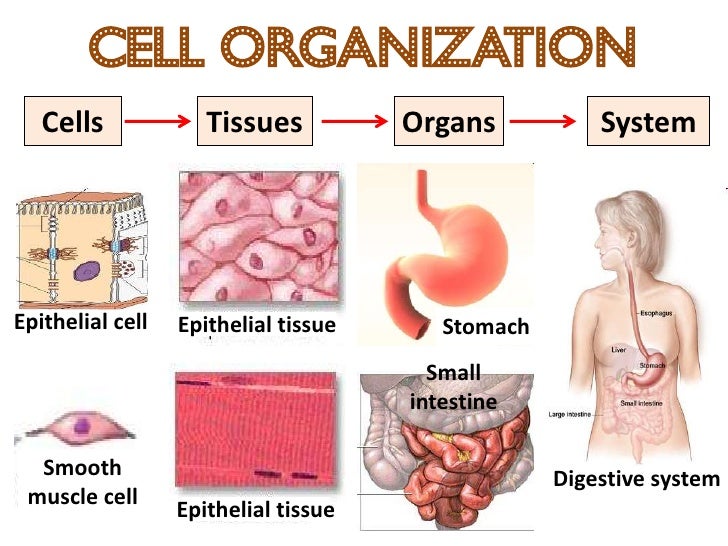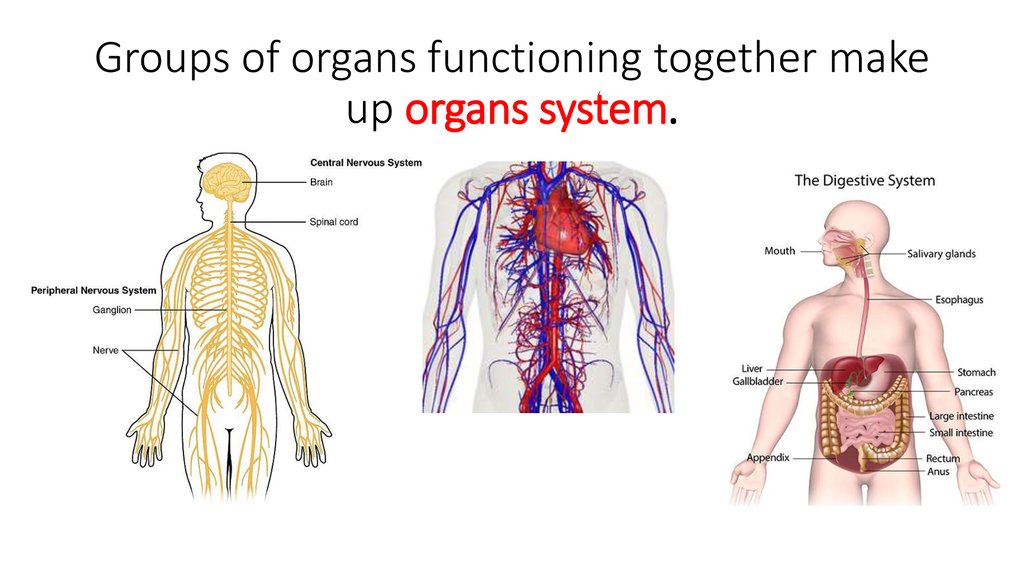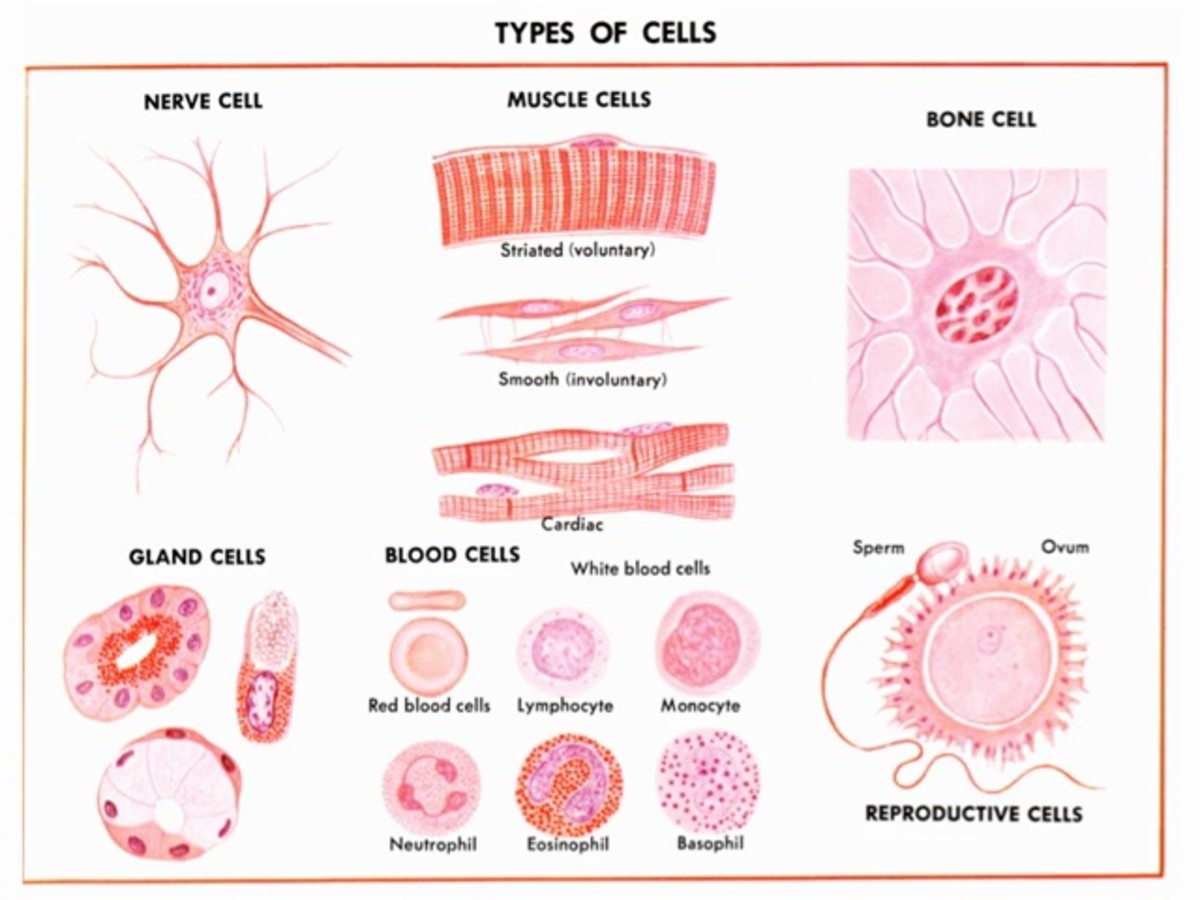Organs Combine To Form
Organs Combine To Form - A cell is the smallest independently. Web higher levels of organization are built from lower levels. Molecules are the chemical building blocks of all body. Web human organs include the brain, stomach, kidney, and liver. Web organs that work together are grouped into organ systems. Plant organs include roots, stems, and leaves. Groups of similar cells comprise tissues; Web higher levels of organization are built from lower levels. Web two or more atoms combine to form a molecule, such as the water molecules, proteins, and sugars found in living things. Therefore, molecules combine to form cells, cells combine to form tissues, tissues combine to form organs, organs.
Tissues, organs, organ systems, and organisms. Therefore, molecules combine to form cells, cells combine to form tissues, tissues combine to form organs, organs. Web an organ is formed by different tissues working together to form a structure with a specific function. Web organs that work together are grouped into organ systems. Molecules are the chemical building blocks of all body. Organs are organized into organ systems to. An organism is a living being that has a cellular structure. Web these include the chemical, cellular, tissue, organ, organ system, and the organism level. Group of organs that work together to perform a. Groups of similar cells comprise tissues;
Plant organs include roots, stems, and leaves. Group of organs that work together to perform a. Web organs that work together are grouped into organ systems. Higher levels of organization are built from lower levels. A tissue is a group of many similar cells that share a common structure and work together to. Web human organs include the brain, stomach, kidney, and liver. Therefore, molecules combine to form cells, cells combine to form tissues, tissues combine to form organs, organs. Organs are organized into organ systems to. Organ system involves different organs working together to. Web these tissues combine to form organs—like the skin or kidney—that have specific, specialized functions within the body.
Topic 2 5 Cells combine to form tissues and organs YouTube
Web organs that work together are grouped into organ systems. Groups of organs are integrated into organ. Change the italicized verb in each sentence to the form indicated in parentheses. Group of organs that work together to perform a. Web in multicellular organisms, several cells of one particular kind interconnect with each other and perform shared functions to form tissues.
Whole organ systems Functionally related organs 11 major organ
Web organs that work together are grouped into organ systems. Web the cellular level is considered when a variety of molecules combine to form the fluid and organelles of a body cell. Web human organs include the brain, stomach, kidney, and liver. Web higher levels of organization are built from lower levels. Web higher levels of organization are built from.
Organization of Life Nutrition Science and Everyday Application
Groups of organs are integrated into organ. Web human organs include the brain, stomach, kidney, and liver. Web these tissues combine to form organs—like the skin or kidney—that have specific, specialized functions within the body. Molecules are the chemical building blocks of all body. The organism level is the highest level of organization considered in anatomy/physiology.
Internal Organs Stock Photo Download Image Now iStock
Web in multicellular organisms, several cells of one particular kind interconnect with each other and perform shared functions to form tissues (for example, muscle tissue, connective. Web organs that work together are grouped into organ systems. Web these tissues combine to form organs—like the skin or kidney—that have specific, specialized functions within the body. Tissues, organs, organ systems, and organisms..
Flowers, Butterflies And Human Organs Combine To Make Bizarre Art
Groups of organs are integrated into organ. Web find 26 ways to say organ, along with antonyms, related words, and example sentences at thesaurus.com, the world's most trusted free thesaurus. An organism is a living. Web organs that work together are grouped into organ systems. Groups of similar cells comprise tissues;
6th Grade and Onward! febrero 2016
Web the most basic unit in the hierarchy is the cell; An organism is a living. Plant organs include roots, stems, and leaves. A tissue is a group of many similar cells that share a common structure and work together to. Groups of organs are integrated into organ.
Difference Between Organ and Organ System Explained
Web the cellular level is considered when a variety of molecules combine to form the fluid and organelles of a body cell. Organs are organized into organ systems to. The answer is {organisms} you wrong. Web organs that work together are grouped into organ systems. Tissues, organs, organ systems, and organisms.
Organ System Level Drawmetro
Change the italicized verb in each sentence to the form indicated in parentheses. An organism is a living. The organism level is the highest level of organization considered in anatomy/physiology. Web higher levels of organization are built from lower levels. Actually your wrong its organs.
Animal Tissues Class 9 Tutorial YouTube
Web these tissues combine to form organs—like the skin or kidney—that have specific, specialized functions within the body. Therefore, molecules combine to form cells, cells combine to form tissues, tissues combine to form organs, organs. Group of organs that work together to perform a. The answer is {organisms} you wrong. Web in multicellular organisms, several cells of one particular kind.
Cell The Fundamental Unit of Life HubPages
Groups of different tissues make up organs; Tissues, organs, organ systems, and organisms. Group of organs that work together to perform a. Web find 26 ways to say organ, along with antonyms, related words, and example sentences at thesaurus.com, the world's most trusted free thesaurus. The organism level is the highest level of organization considered in anatomy/physiology.
Web Higher Levels Of Organization Are Built From Lower Levels.
Organs are organized into organ systems to. Web two or more atoms combine to form a molecule, such as the water molecules, proteins, and sugars found in living things. Web higher levels of organization are built from lower levels. Therefore, molecules combine to form cells, cells combine to form tissues, tissues combine to form organs, organs.
Groups Of Similar Cells Comprise Tissues;
Web organs that work together are grouped into organ systems. An organism is a living. Plant organs include roots, stems, and leaves. Web in multicellular organisms, several cells of one particular kind interconnect with each other and perform shared functions to form tissues (for example, muscle tissue, connective.
The Answer Is {Organisms} You Wrong.
Molecules are the chemical building blocks of all body. Higher levels of organization are built from lower levels. An organism is a living being that has a cellular structure. Web an organ is formed by different tissues working together to form a structure with a specific function.
Tissues, Organs, Organ Systems, And Organisms.
Web organs that work together are grouped into organ systems. Organ system involves different organs working together to. Therefore, molecules combine to form cells, cells combine to form tissues, tissues combine to form organs, organs. The organism level is the highest level of organization.









